The GeForce GTX 1660 is the cut-down variant of the GTX 1660 Ti that Nvidia released earlier this year. It offers 2 less SMs for a total of 1408 CUDA cores compared to the 1660 Ti at 1563. The GTX 1660 also offers GDDR5 memory as opposed to its bigger brother’s GDDR6, ultimately lowering its price point at $219 USD.
Our card for this review is the ASUS GeForce GTX 1660 Phoenix OC Edition. A simple yet rather cute looking GTX 1660 with a single fan and a higher boost clock at 1850MHz. It is as basic as it looks with normal display options and features in tow.
Table of Contents:
Technical Specifications
| GPU | |
| Model | Nvidia GeForce GTX 1660 |
| Cores | 1408 |
| Core Clock | 1530MHz |
| Boost Clock | 1850MHz |
| Architecture | Turing |
| Manufacturing Process | TSMC 12nm |
| TDP | 120W |
| Memory | |
| Memory Clock | 2000MHz |
| Memory Bus Width | 192-bit |
| Memory Capacity | 6GB |
| Memory Type | GDDR5 |
| Connectivity | |
| Display | DVI-D, HDMI 2.0b, DisplayPort 1.4 |
| Power | 8-Pin |
| Dimensions | |
| Length | 6.85in |
| Width | 4.76in |
| Height | 1.54in |
| Weight | 750g |
Packaging and Accessories
The GeForce GTX 1660 Phoenix OC comes in your usual ASUS packaging. It’s a simple budget oriented colorbox, really. Nothing’s special about it.
- Driver DVD
- Installation guide
The card comes with the usual documentations. I tired my best to look for more but this is just it.
Design, Layout and Build Quality
The ASUS GeForce GTX 1660 Phoenix OC is a dinky card. Styling is pretty much basic which is a nice contrast compared to their ROG offerings.
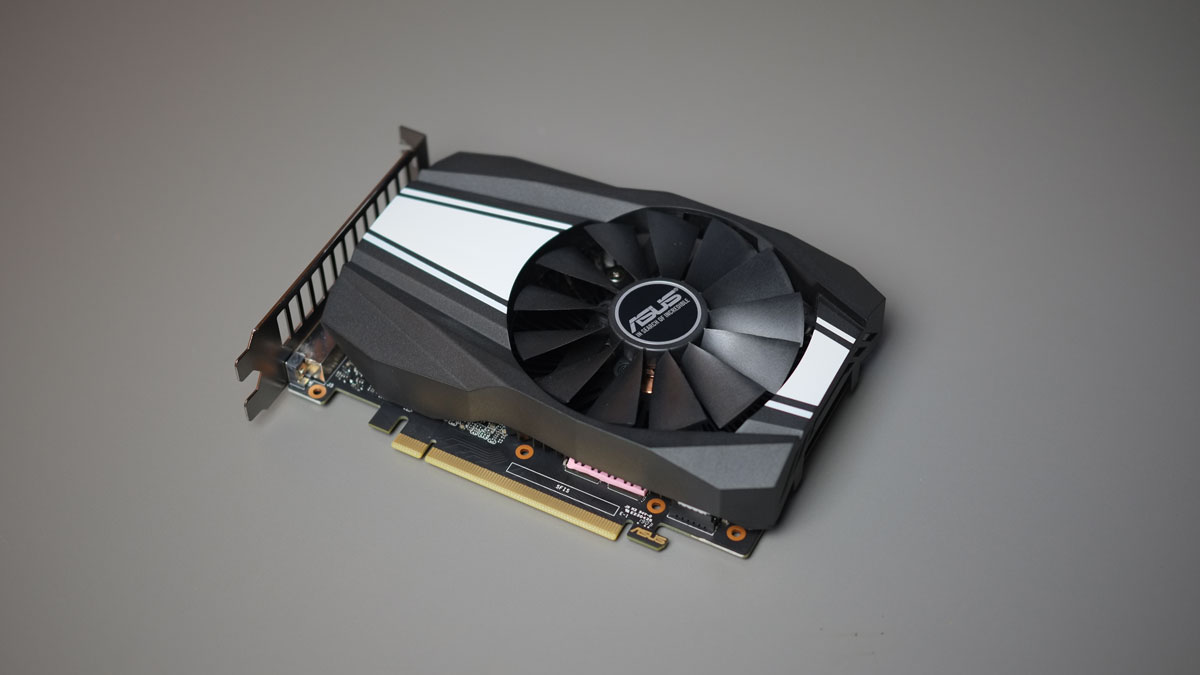
The back is devoid of any form of protection. Although to be fair, the exposed matte-Black PCB is a thing of beauty. The thing is also around 7 inches short, making itself an addition to the growing number of SFF system compatible cards.
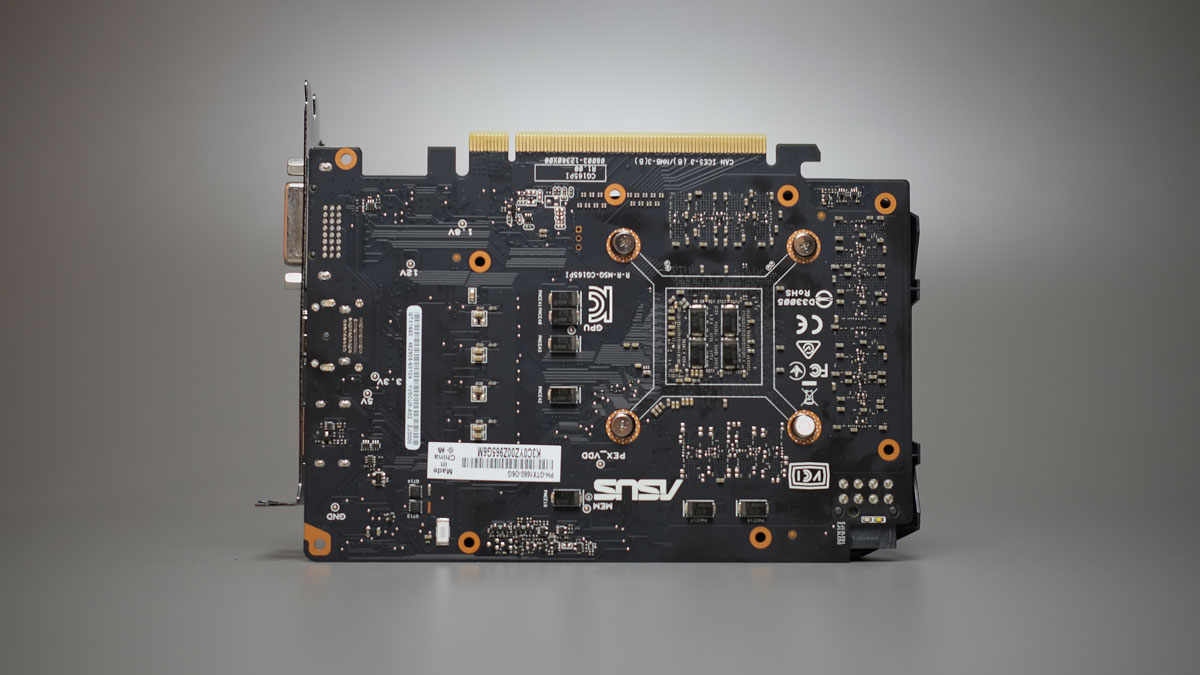
Power on the other hand is provided by a single 8-pin connector with a matching pair of status LEDs at the top.
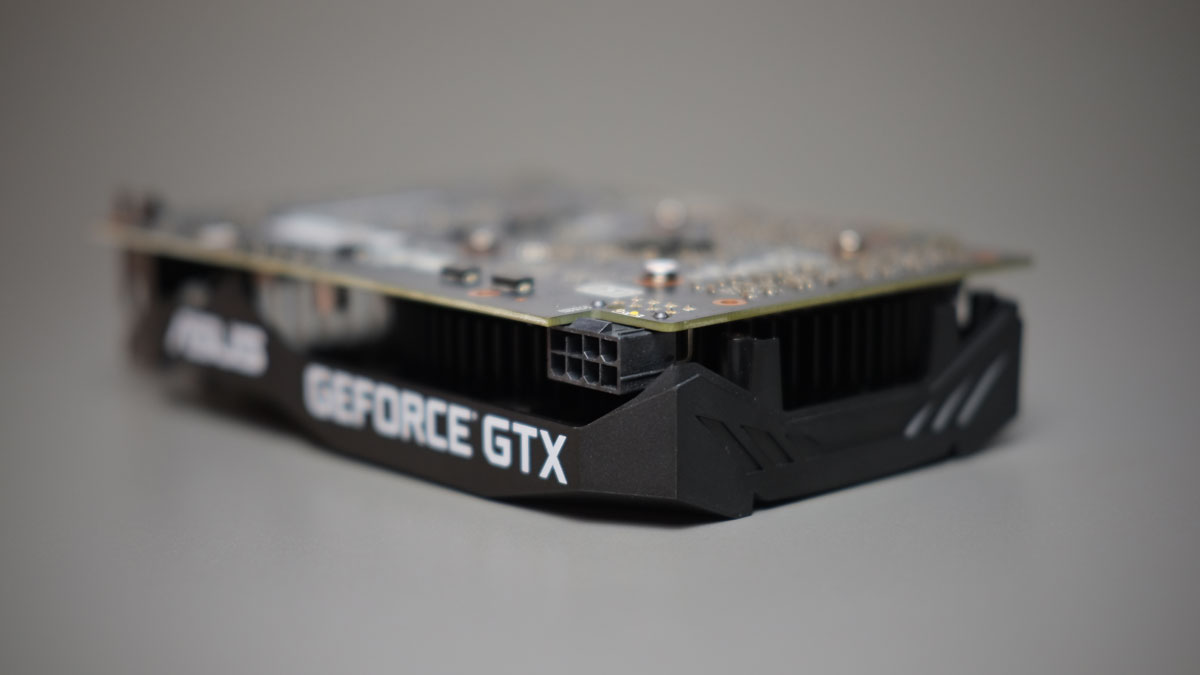
Cooling option is again rather basic. We have a single 90mm fan here on top of an aluminum heatsink. Though simple, the GDDR5 chips under the card are actively cooled as well. A nice touch from ASUS.
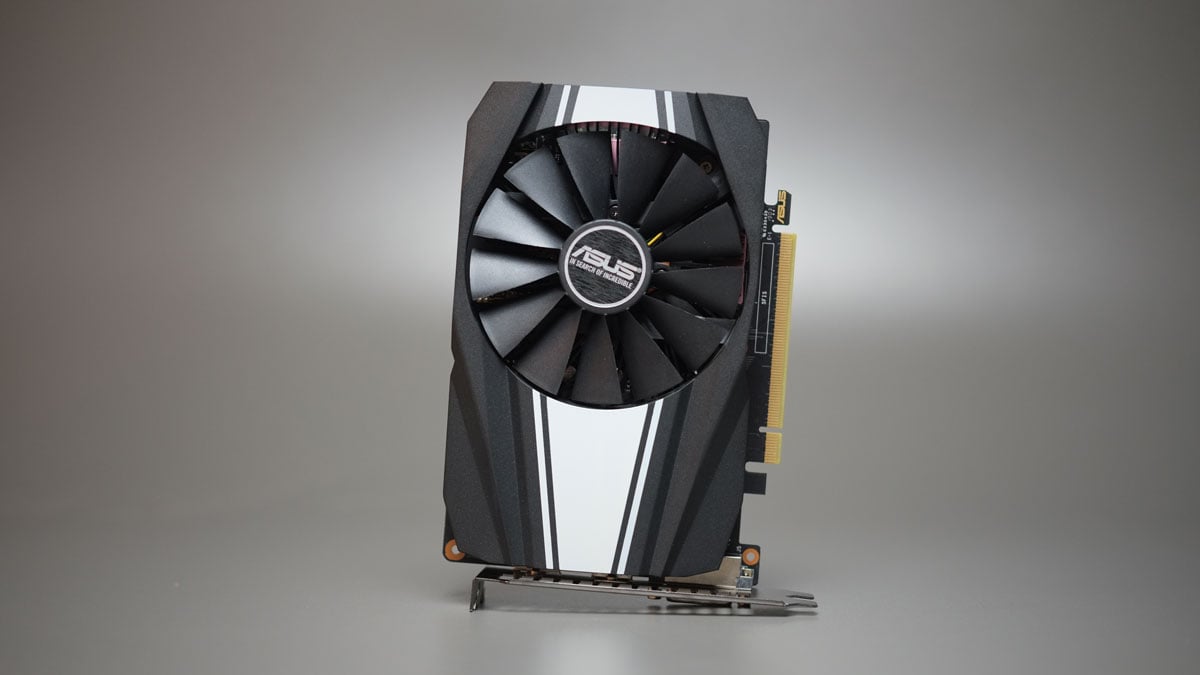
There are only 3 display options to choose from: A DisplayPort, an HDMI port and a single DVI-D port. In exchange, ASUS made sure that there is enough room for a proper ventilation.
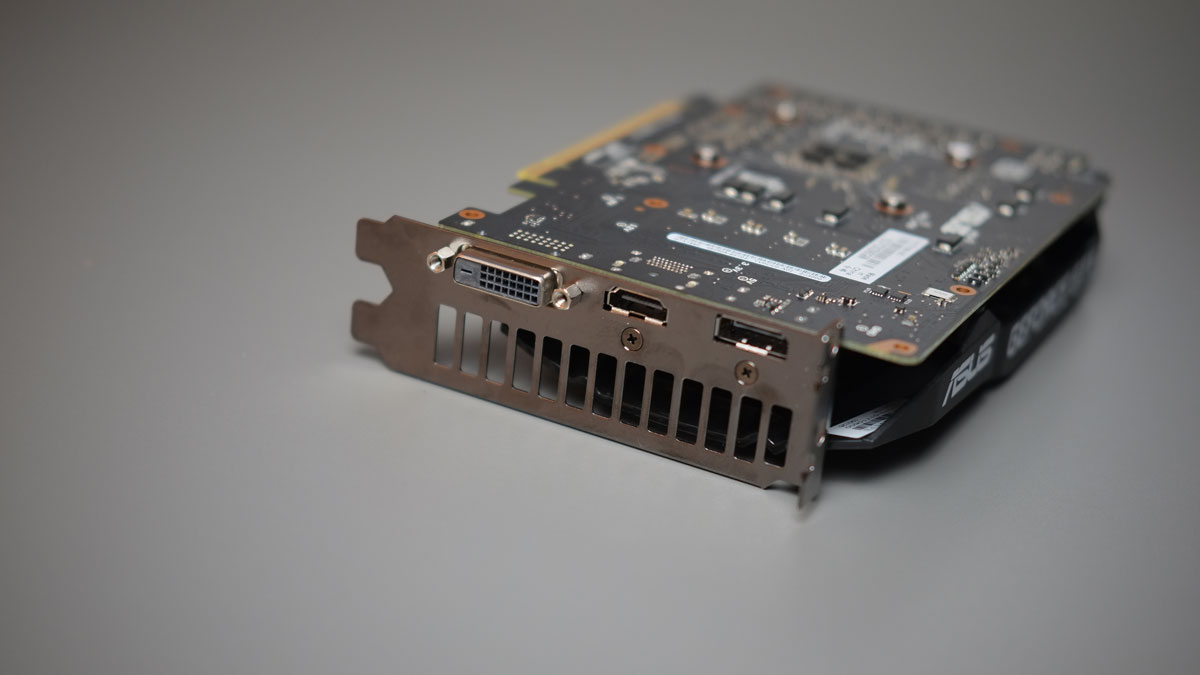
Test Setup and Methodology
The system performance shall be evaluated by various benchmarking tools and applications. We are testing this system with the high-performance settings enabled at the OS, with the default UEFI configuration. Background processes such as anti-viruses and third-party applications are disabled as well.
| Test System Specifications | |
| CPU | Intel Core-i5 6600K |
| Motherboard | ASUS Z170-A |
| Cooler | Noctua NH-L9i |
| Memory | ADATA Premier DDR4 |
| GPU | ASUS ROG Strix GTX 1060 OC |
| Storage | Crucial BX200 480GB |
| Case | Thermaltake Core P3 |
| PSU | CORSAIR RM850X |
| Display | DELL U2715H |
| OS | Microsoft Windows 10 Pro |
FPS values are recorded by FRAPS in-game using a linear route or gameplay for consistency. The results includes the Average FPS and 1% Minimum FPS. The 1% Minimum FPS represents the negative spikes or drops in-game sufficient enough for a gamer to notice. If the game doesn’t support FRAPS, we will use the in-game benchmark tool available.
Temperature, Power and Noise
The graphics card thermal figures are taken during a 15 minute idle and a 15 minute load via the AIDA64 Extreme Edition Stability Test. The ambient temperature is checked at 27°C (±1°C), with values extracted via HWiNFO and GPU-Z.
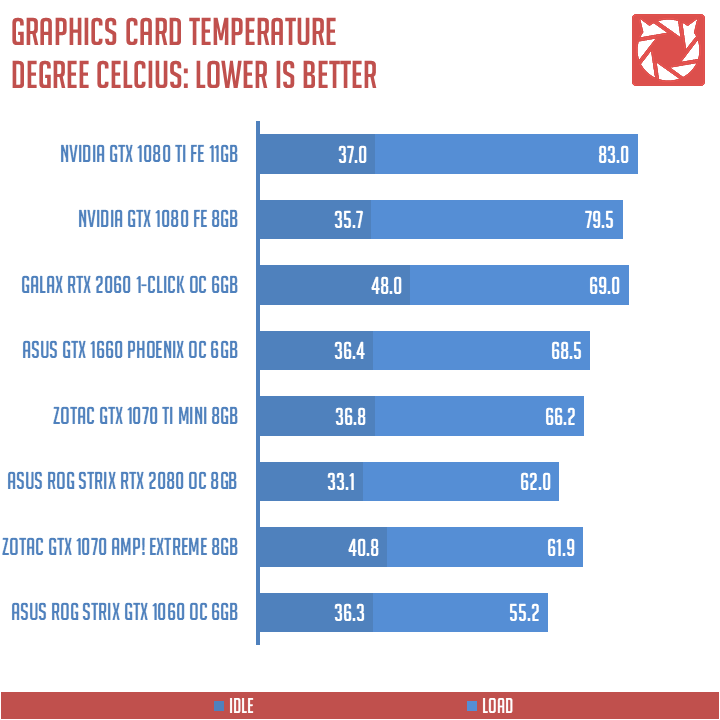
The total system power consumption are taken during a 15 minute idle and a 15 minute load via the AIDA64 Extreme Edition Stability Test. The measurements are taken by a watt-meter.
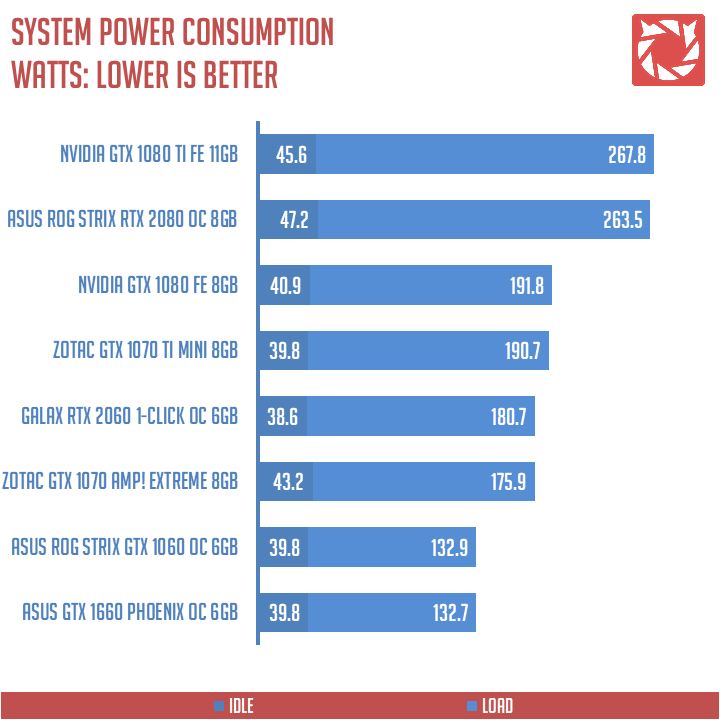
The graphics card noise levels are taken during a 15 minute idle and a 15 minute load via the AIDA64 Extreme Edition Stability Test. The ambient sound level is 34dBA (±1dBA), with measurements taken by a sound level meter situated exactly 12 inches away from the card.
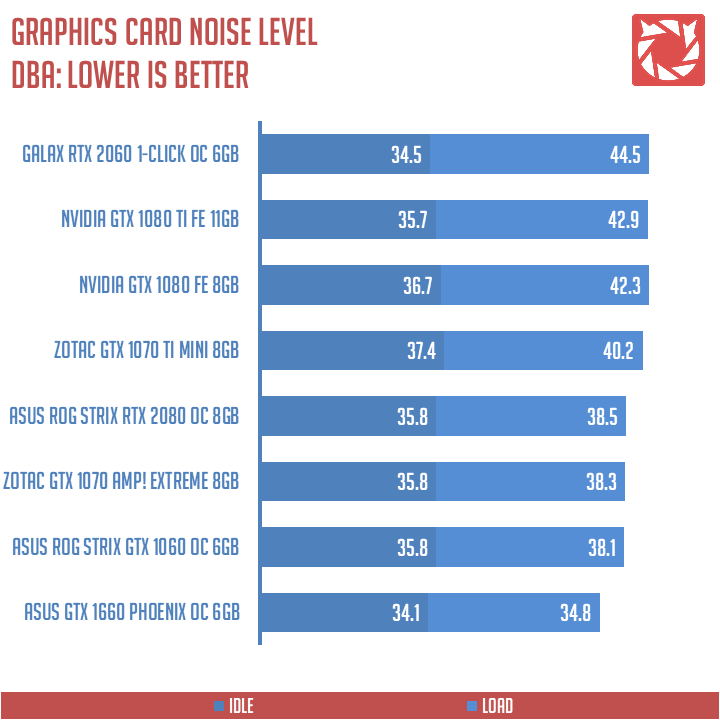
Temperature wise, the ASUS GeForce GTX 1660 Phoenix OC Edition managed to offer a good cooling performance. Power consumption on the other hand is similar to the GTX 1060, while noise is just excellent.
Synthetic Performance
3DMark 2013 is a suite of benchmarks catered for the gamers and enthusiasts. The total system scores from each presets will be used.
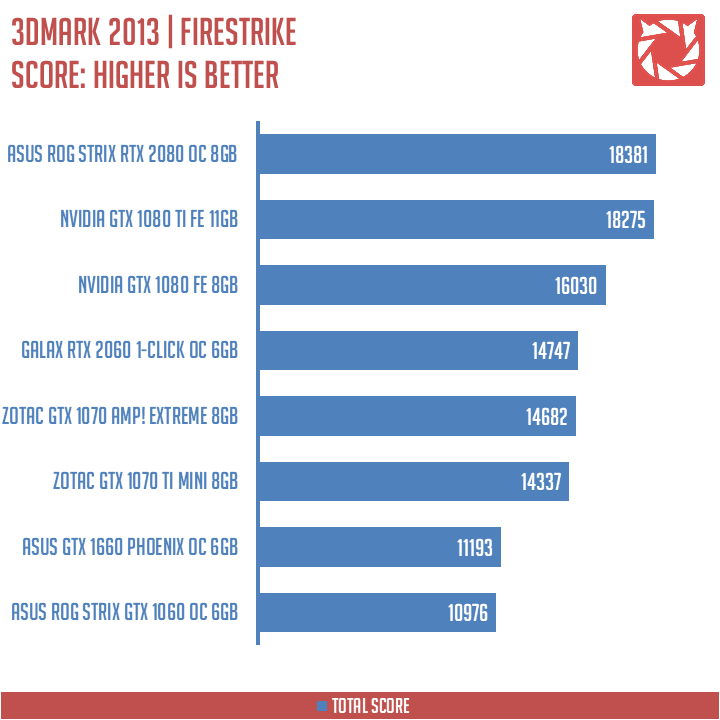
LuxMark is an OpenCL cross-platform benchmark tool. The software has become one of the most popular OpenCL benchmarks over the past years.
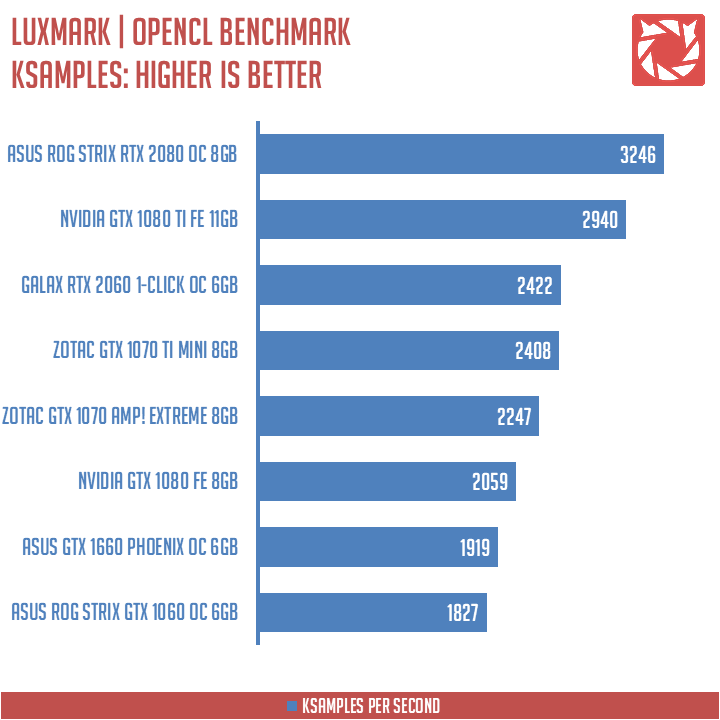
The Aida64 Extreme Edition GPGPU Benchmark is designed to measure GPGPU computing performance via different workloads. Every benchmark methods are designed to work on up to 16 GPUs, including AMD, Intel and nVIDIA GPUs, in any combination.
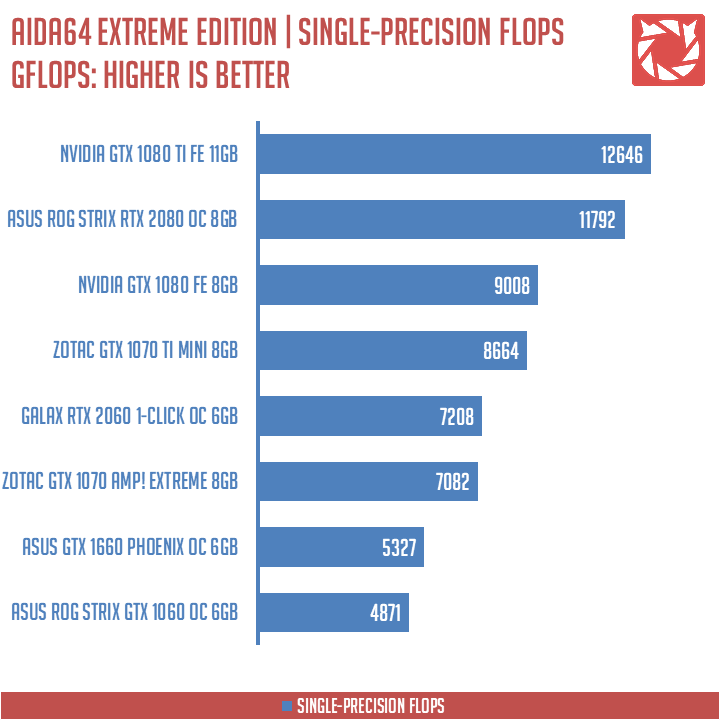
The 3DMark Firestrike results shows that the GTX 1660 is a faster card than the GTX 1060 at 1080P. LuxMark and AIDA64 on the other hand also showed that the card is faster by a good amount.
Gaming Performance
Overwatch is Blizzard Entertainment’s critically acclaimed First Person Shooter, running on a custom game engine utilizing the DirectX 11 API. Settings are set to Ultra with a Render Scale set to 100%.
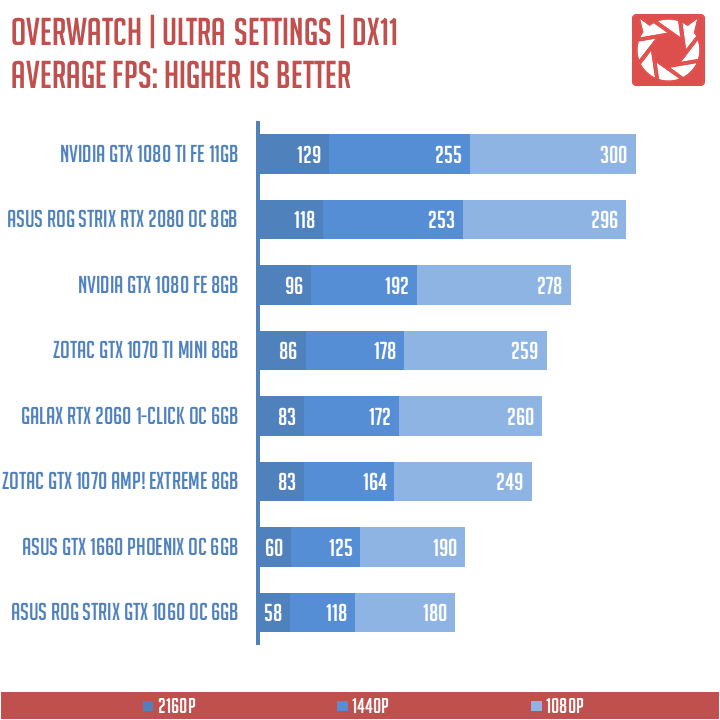
Battlefield 4 is Electronic Art’s popular First Person Shooter, running on the Frostbite 3 game engine developed by DICE utilizing the DirectX 11 and the Mantle API. Settings are set to Ultra.
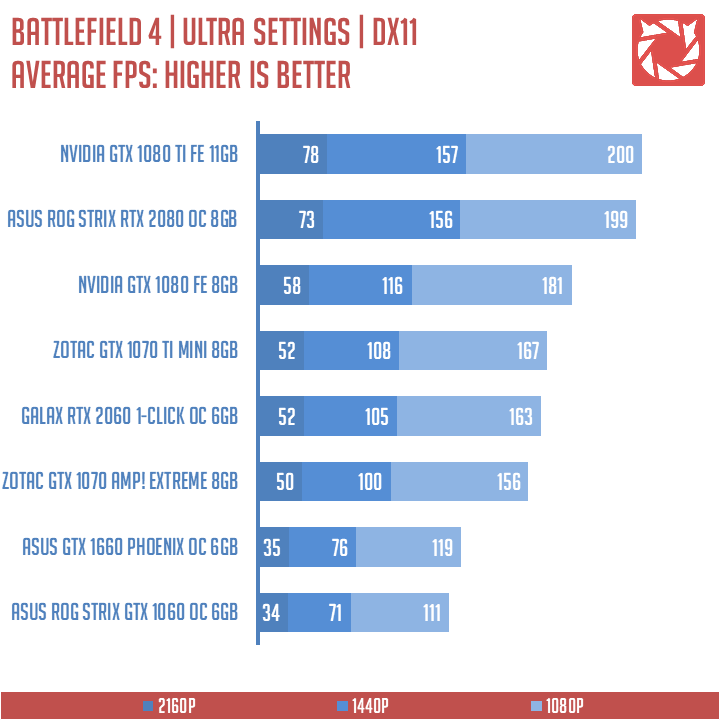
DIRT: Rally is CODEMASTER’s take on the rally racing game genre. It utilizes the EGO game engine with support for the DirectX 11 API. Settings are set to Ultra.
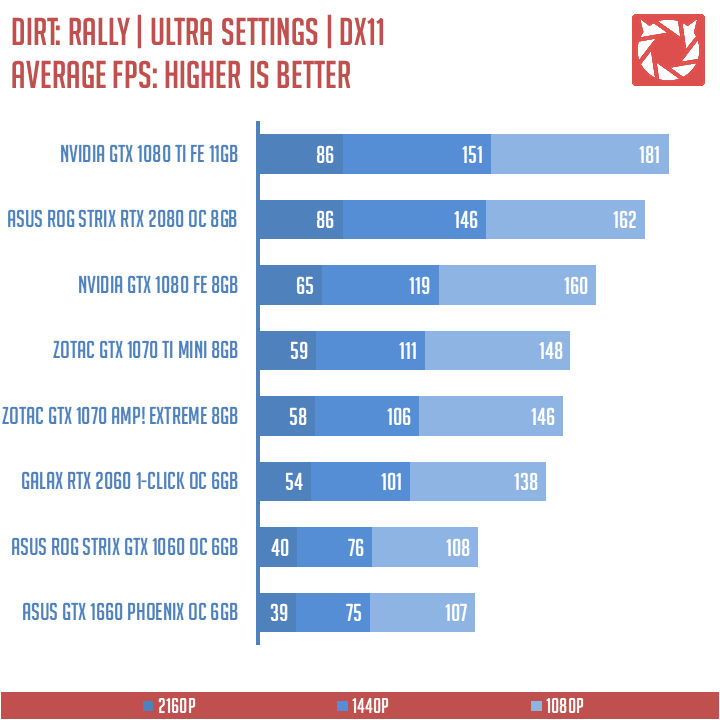
Project CARS is Slightly Mad Studios’ latest simulation racing game, running on the Madness game engine utilizing DirectX 11 support. Settings are set to maximum.
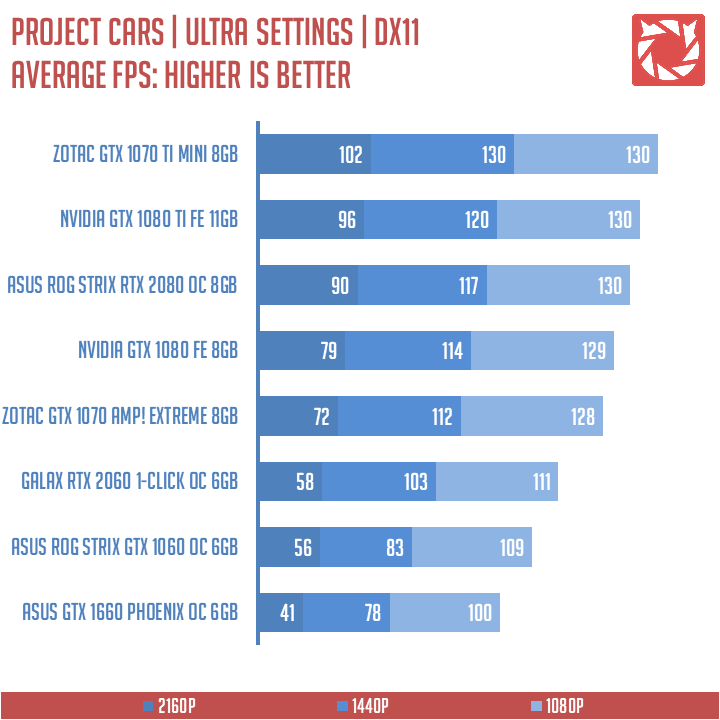
The Elder Scrolls V: Skyrim is Bethesda’s critically acclaimed Action Adventure RPG. Skyrim utilizes the Creation Engine with DirectX 10 support. Settings are set to Ultra with V-SYNC turned off.
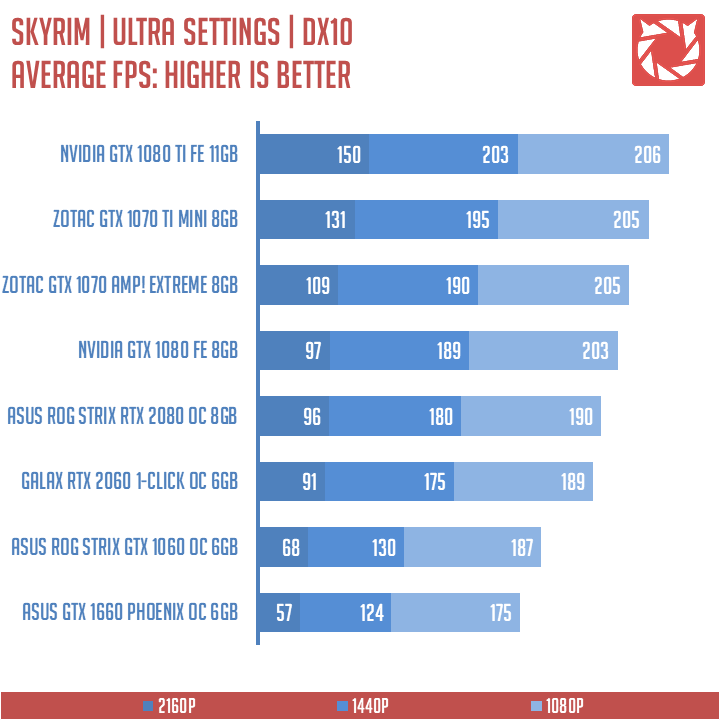
The Witcher 3: Wild Hunt is CDProjekt RED’s award winning Action Adventure RPG. The Witcher 3 utilizes the REDengine 3 with DirectX 11 support. Settings are set to Ultra.
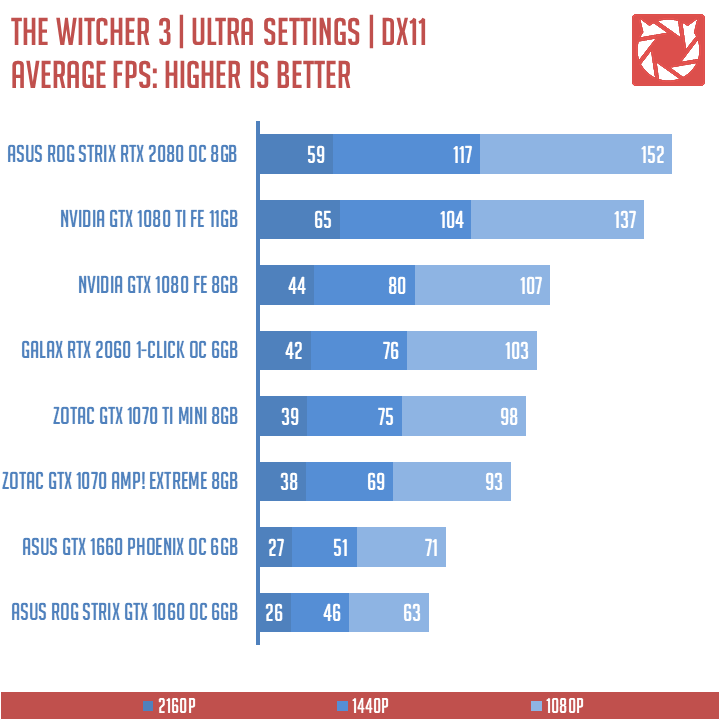
Gaming performance wise, Nvidia made sure that the GTX 1660 is truly a faster card compared to the GTX 1060. That’s at least when it comes to the 1080P and 1440P benchmarks and with the exception of the older games on our list.
Software, Lighting and Special Features
The ASUS GeForce GTX 1660 Phoenix OC Edition comes with a number of bundled software. That includes the GPU Tweak II which is an all in one tuning and optimization solution.
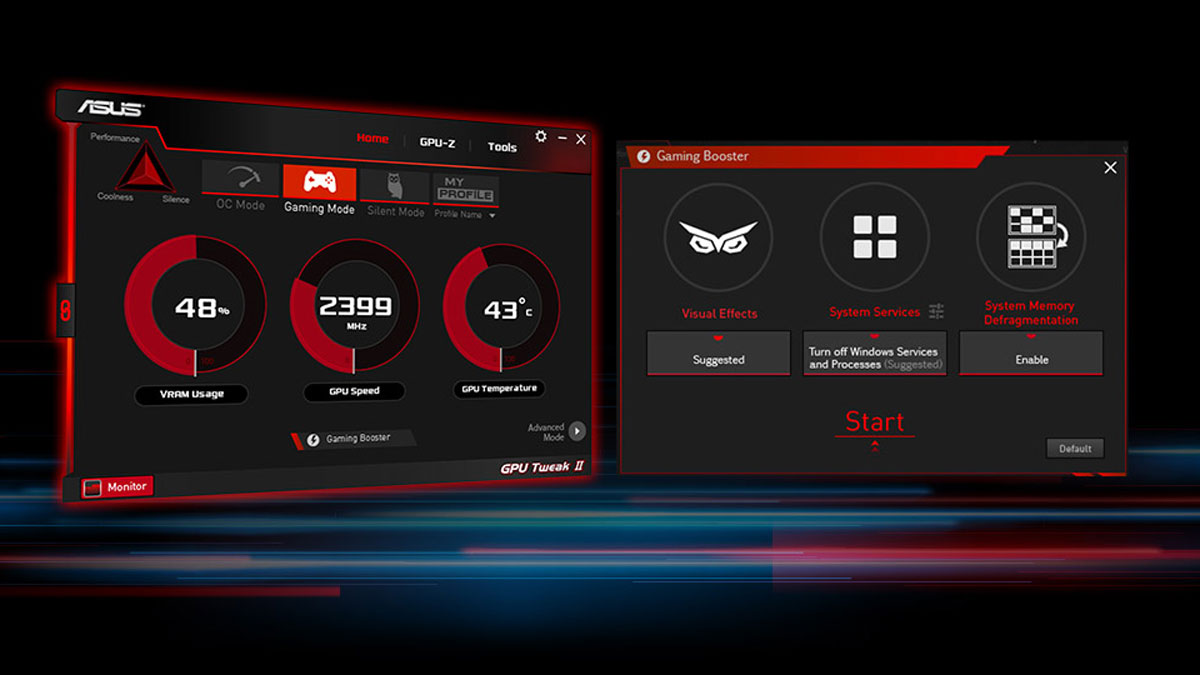
The XSplit Gamecaster is also a part of the bundle too, with support for GPU Tweak II overlays. I am not sure how long you could use the license for this one though. WTFast and ASUS QuantumCloud also comes bundled with the card as well.
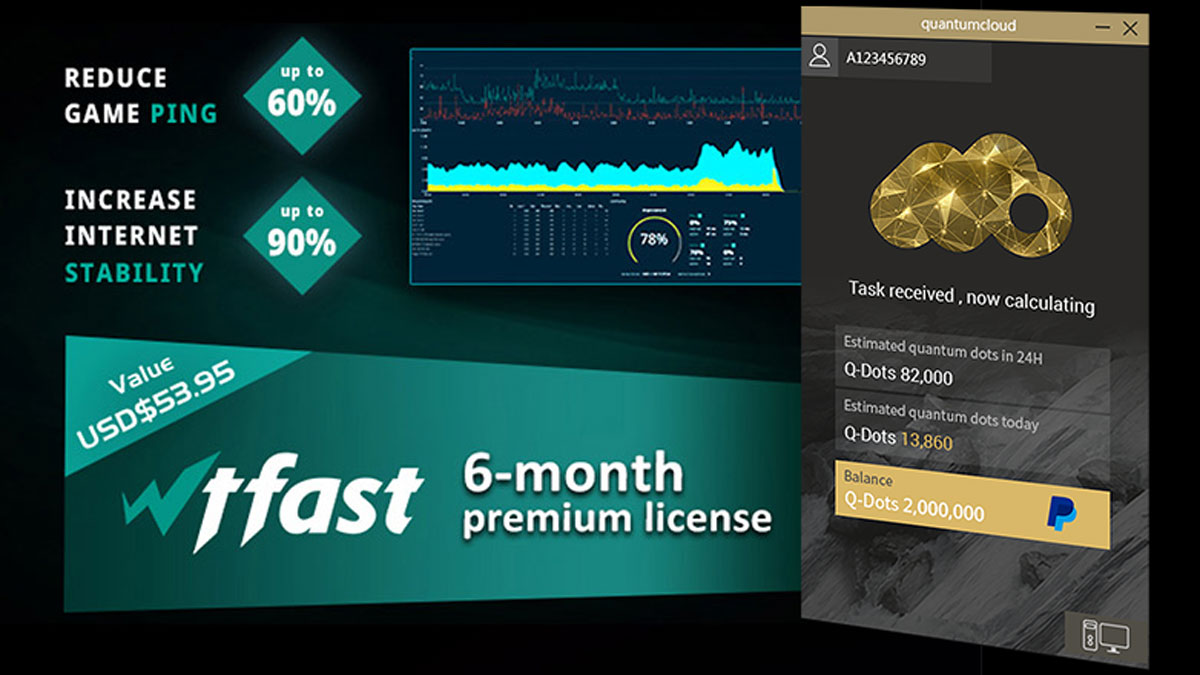
Final Thoughts
The GTX 1660 in the form of the ASUS GeForce GTX 1660 Phoenix OC Edition is indeed a faster card compared to the GTX 1060. It managed to outpace the former midrange champion at both 1080P and 1440P but with a price point of $219 USD. That’s considerably low compared to the GTX 1060’s $300 USD MSRP upon its release. Power consumption is unfortunately also comparable but other than that, the card just darts where it should.
Product stacking wise, the GTX 1660 actually slots within the range of the GTX 1060 even after 2 years. That said, the card is not really geared towards the GTX 1060 owners but rather, built to appeal for those who have a former midrange champ like the GTX 970 and or an equivalent model.
As for this specific GTX 1660 model, ASUS managed to create something basic, yet appealing at the same time. We have a card that we could technically install on any system due to its tiny form factor. Plus, it had a proper gaming performance and a cooling solution that you would otherwise expect from a model with a beefier cooler.
ASUS GeForce GTX 1660 Phoenix OC Edition
Summary
ASUS managed to create something basic, yet appealing at the same time with the GTX 1660 Phoenix OC. It is a card that we could technically install on any system due to its tiny form factor and has proper gaming plus a cooling performance that you would otherwise expect from a model with a beefier cooler.
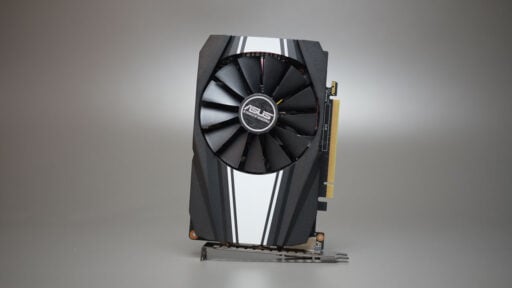



Best written review I’ve read so far about this card.
Just bought the card, thanks.
Agree! Fantastick Review! Thanks!